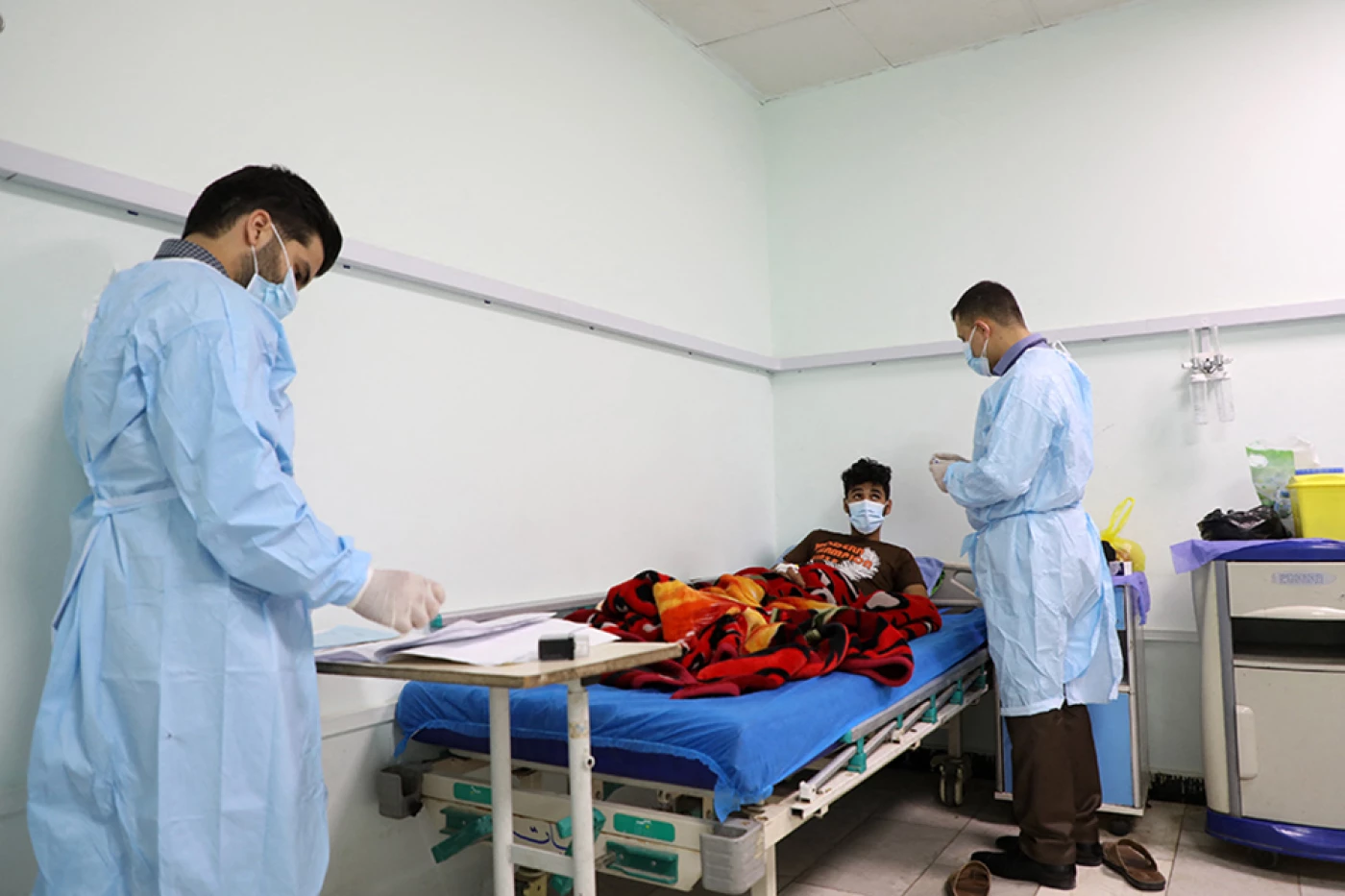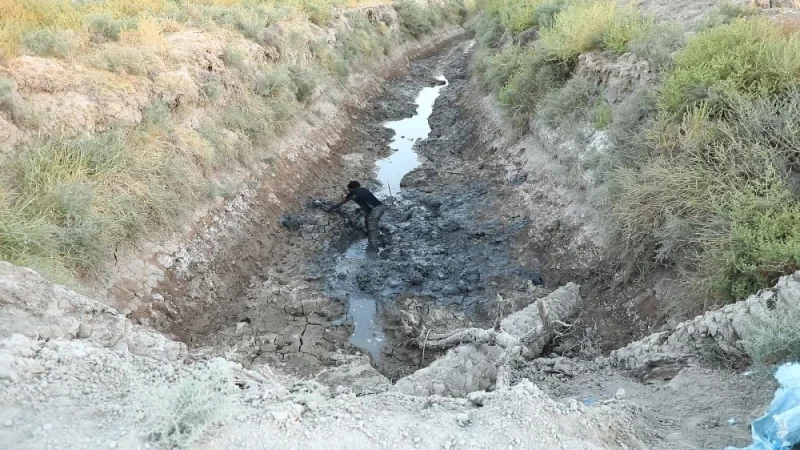ERBIL, Kurdistan Region of Iraq - Iraq’s Ministry of Health says the total number of hemorrhagic fever cases in the country has risen to 26 since the beginning of this year, including four fatalities.
The ministry's spokesman, Saif Al-Badr, said in a statement on Thursday that Kirkuk province alone has recorded three fatalities, with the latest death reported on Thursday.
Badr said the fourth case of the deadly pandemic was recorded in the southern province of Muthanna.
Hemorrhagic fever is an infectious viral disease, often transmitted from animals to humans, with symptoms that can range from mild to severe and life-threatening, with those working intimately with animals facing an elevated risk of infection.
Certain variants of the viral infection can also be transmitted through mosquito or tick bites, while others spread from person to person through infected body fluids, such as blood, saliva, and semen.
In a bid to stop the spread of the disease, local health authorities in Kirkuk have already implemented a series of measures, including prohibiting the slaughter of animals outside designated slaughterhouses.
“People will have to buy meat in healthy places and avoid coming into contact with animals,” Sabah Namiq, Director of Public Health at the Kirkuk Health Department, told The New Region earlier this week.
Namiq also warned that “every single animal is now suspected to have been infected with the virus, especially those animals that have tick bites on their udders and other sensitive areas of their body.”



 Facebook
Facebook
 LinkedIn
LinkedIn
 Telegram
Telegram
 X
X


